Can I Use Super Glue to Fix Cracks in My Water Bottle? Safety and Effectiveness Explained?

Thinking about fixing a cracked water bottle with super glue? Here's what you need to know before risking your health.
Super glue is not food-safe and may degrade when exposed to water or heat, making it unsafe for repairing drinking bottles.
Keep reading to learn which adhesives are safe, when to replace instead of repair, and how to protect your health.
Is super glue safe to use on water bottles, especially those used for drinking?
Quick fixes can come at a cost.
Typical super glue is not food-safe and can release chemicals that may contaminate your drinking water.
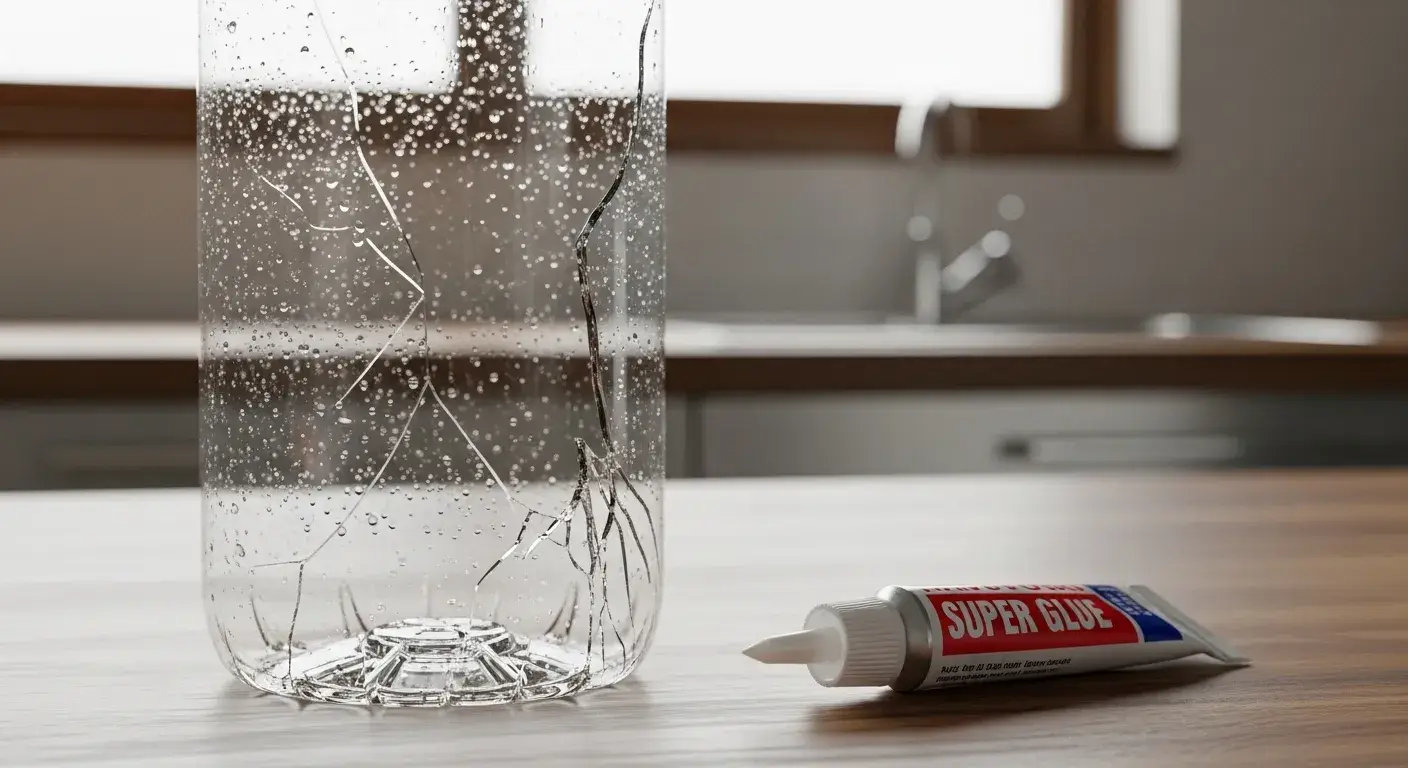
Why Super Glue Isn't Suitable for Drinkware
- Most super glues contain cyanoacrylate, which isn't approved for food contact1.
- Residues may leach into water, especially under heat.
- Even if it bonds well, it can break down during washing or with temperature shifts.
What types of adhesives are recommended for repairing cracks in water bottles?
Not all glues are created equal.
The safest options are food-grade silicone sealants and FDA-approved epoxy resins labeled for drinkware use.

Safe Adhesive Choices
| Adhesive Type | Food-Safe | Waterproof | Ideal Use |
|---|---|---|---|
| Food-grade silicone | Yes | Yes | Small cracks, flexible areas |
| Epoxy resin (labeled food-safe) | Yes | Yes | Structural repairs |
| Super glue (cyanoacrylate) | No | No | Not for drink containers |
| Waterproof tape | No | Temporarily | Emergency, non-drinking repairs |
Always check labels for "food contact safe"2 before use.
Can super glue create a waterproof and durable seal on a cracked water bottle?
In theory, yes. In practice, no.
Super glue degrades over time with water exposure and isn't designed for wet, flexible environments.
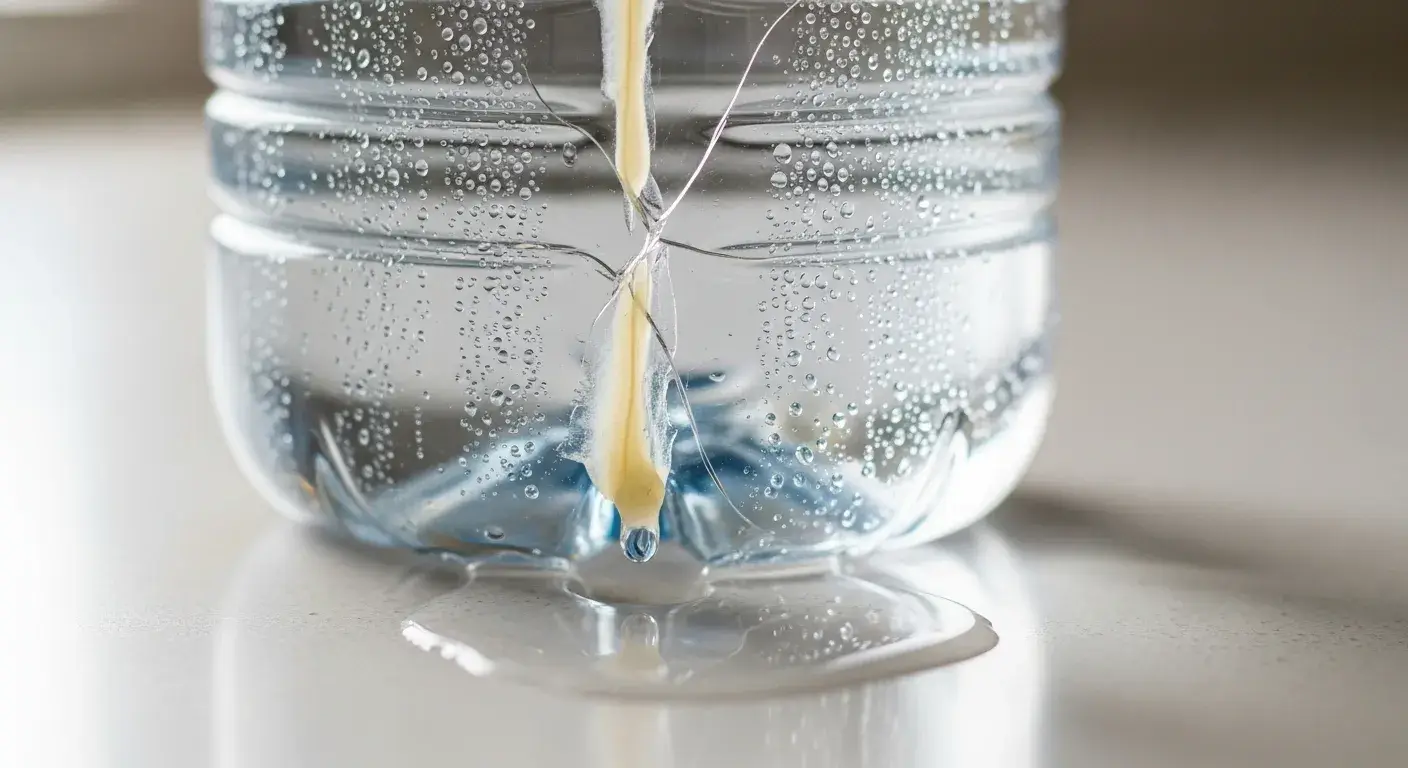
Limitations of Super Glue
- Bonds weaken with heat and moisture
- Doesn't flex well with expanding materials
- Can break or peel during washing
For a water bottle, a more robust, flexible adhesive is necessary.
Are there health risks associated with using super glue on containers for drinking water?
Yes, even if the crack seems minor.
Super glue is not tested for food safety and may leach toxic chemicals, especially in hot water.
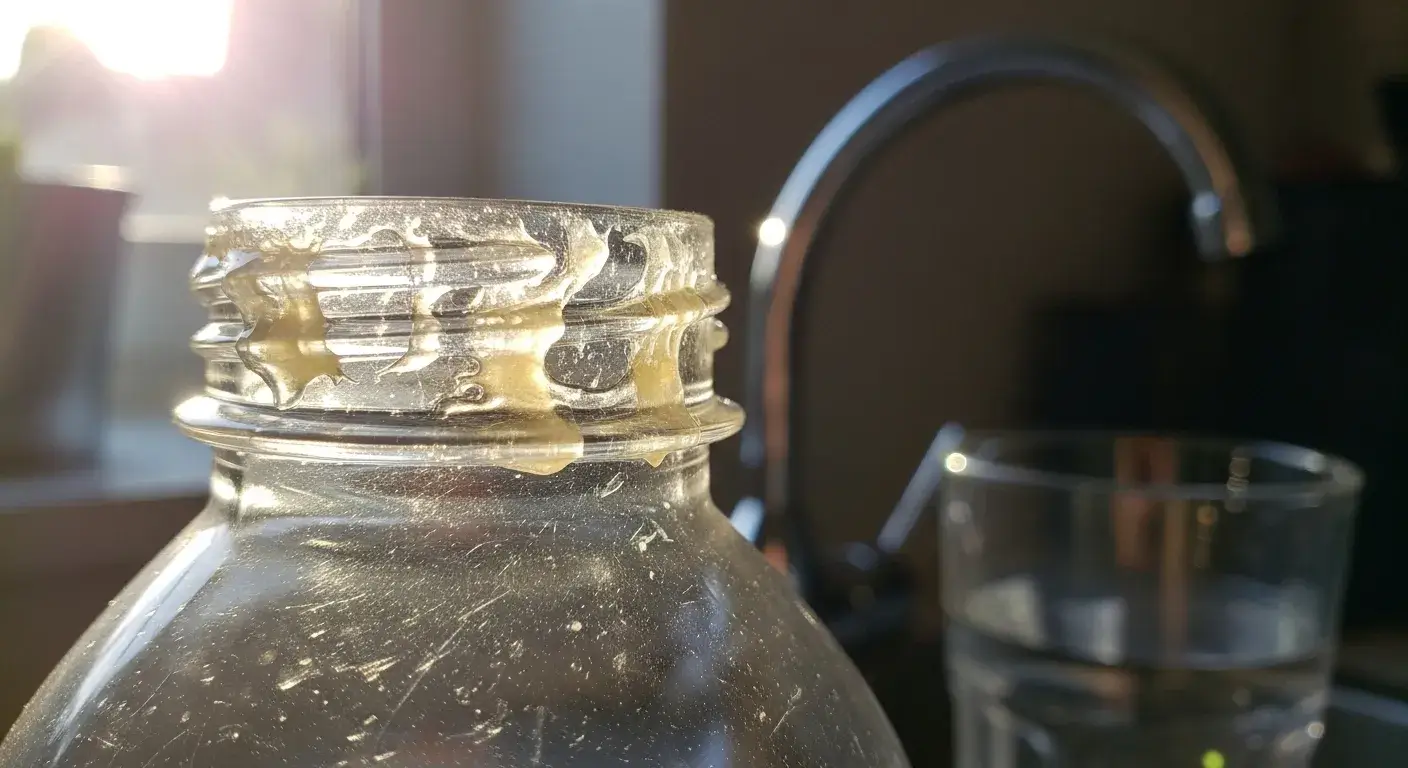
Potential Risks
- Chemical exposure from glue residues
- Possible skin or ingestion hazards
- Long-term health unknowns
Better safe than sorry—use certified food-safe alternatives only.
What alternatives to super glue exist for repairing water bottles safely?
Safe fixes are available, but replacement is often best.
Use food-safe silicone sealants or certified epoxy adhesives if you must repair.

Safer Repair Methods
- Food-safe epoxy putty for minor cracks
- Silicone sealant approved for food contact3 around seams or lids
- Plastic welding (if you have tools and experience)
Still, if the bottle carries drinking water, it's often better to replace it.
How should I prepare and apply glue to fix a cracked water bottle properly?
The surface matters more than you think.
Clean, dry, and grease-free surfaces are critical for a bond to form—no matter what adhesive you use.
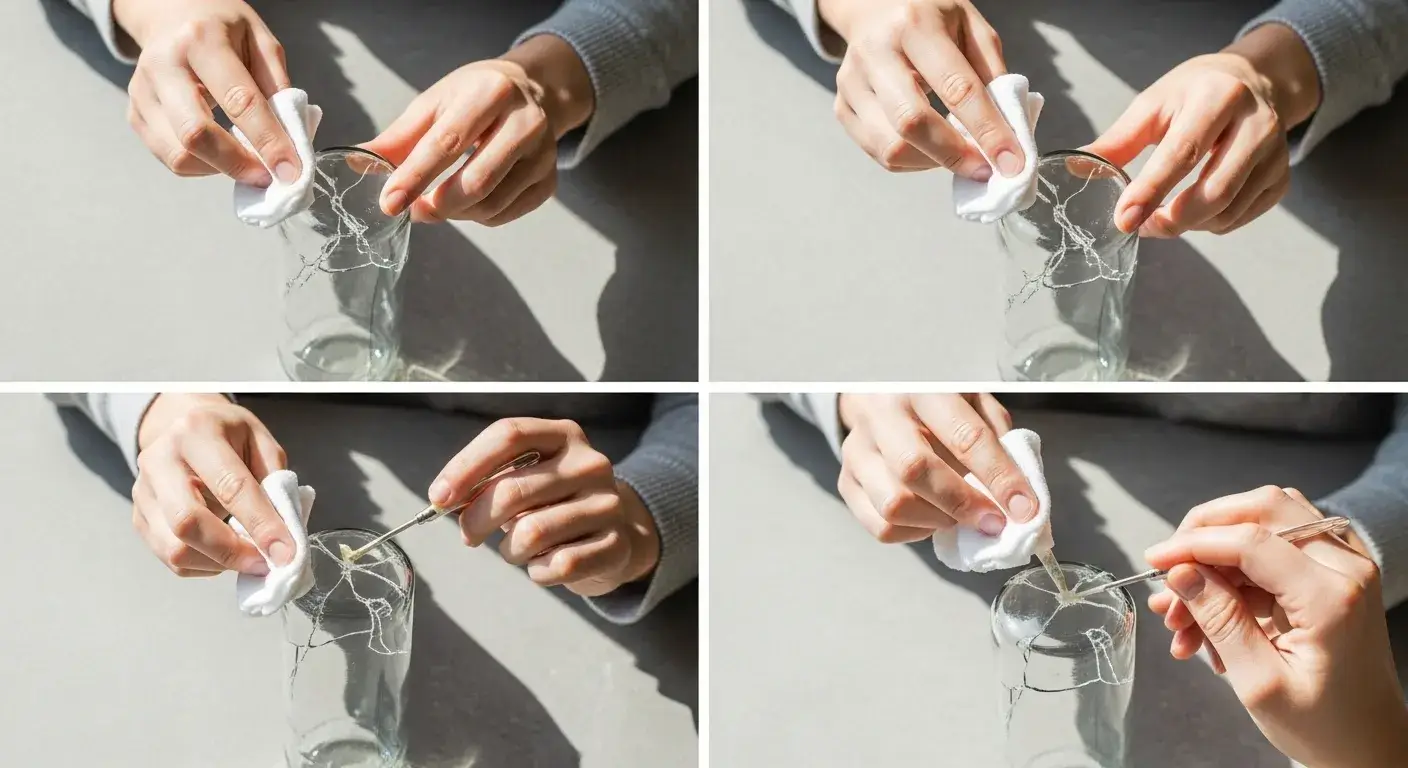
Step-by-Step Guide
- Wash the area with mild soap
- Dry thoroughly (use alcohol to remove grease)
- Apply the adhesive as per instructions
- Press and hold the crack tightly
- Cure fully before testing with water
Don't skip curing time—it's vital for strength and safety.
Can super glue withstand the temperature changes and washing cycles water bottles go through?
Not reliably.
Super glue softens at around 80°C4 and doesn't hold up in hot water or dishwashers.
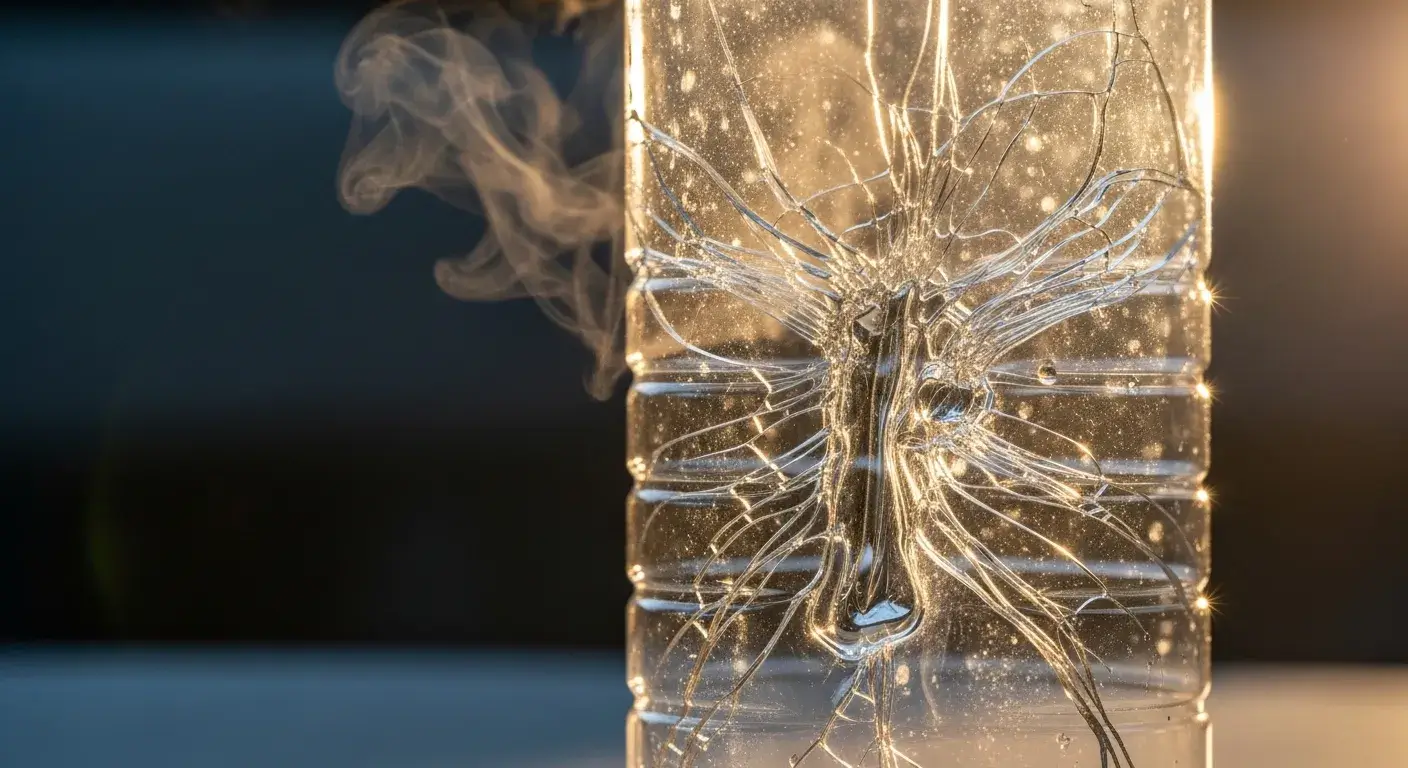
Performance Issues
- Not dishwasher-safe
- Breaks down under hot tea or sunlight
- May crack when bottles expand or flex
Long-term use with water bottles is not viable.
What materials of water bottles respond best to super glue repairs?
Rigid materials bond better—but that doesn't make them safe.
Super glue sticks to hard plastic or ceramic but still isn't suitable for water bottles meant for drinking.
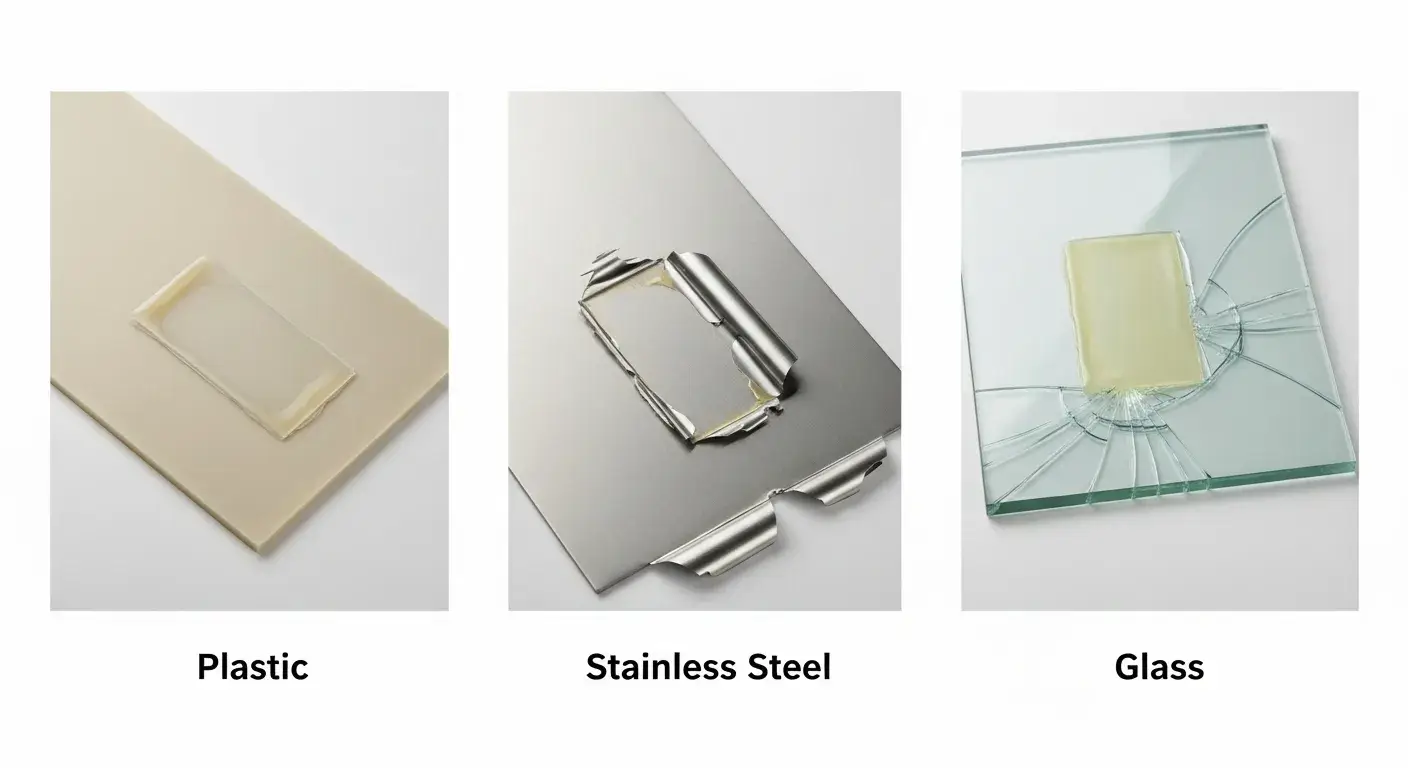
Material Comparison
| Material | Super Glue Bond | Safe to Use for Water? |
|---|---|---|
| Hard plastic (PET) | Good | No (due to glue safety) |
| Stainless steel | Poor | No |
| Glass | Good | No (cracking risk) |
Even if the bond is strong, food safety overrides repair strength.
When is it better to replace rather than repair a cracked water bottle?
Most of the time—replace it.
If your bottle leaks, has a crack near the mouth, or is made of plastic, it's best to get a new one.
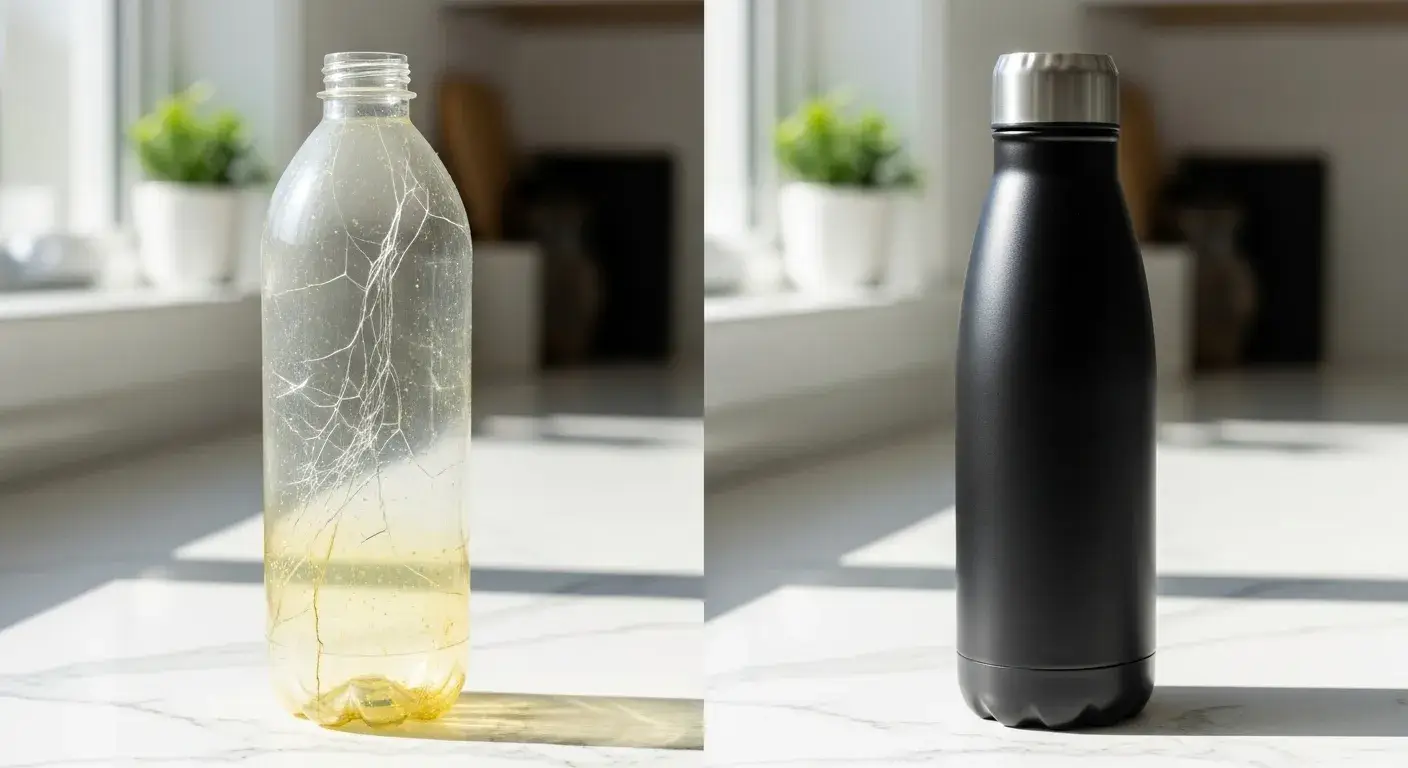
When to Replace
- Cracks near drinking area
- Leaks after multiple repairs
- Plastic degradation, including yellowing and odors5
- Missing or broken seals
Invest in a reusable stainless steel bottle6 instead.
How can I ensure the repaired bottle is safe for reuse?
Test, inspect, and clean carefully.
Only reuse bottles if they were repaired with food-safe materials and fully cured—with no visible leaks or glue residues.
Safety Checklist
- Used food-grade adhesive compliant with FDA CFR 175.1057
- Fully cured as per label
- Leak-tested with clean water
- No odor, glue residue, or loose particles
If in doubt—don't use it for drinking.
Conclusion
Super glue is not food-safe, waterproof, or durable enough for water bottle repair. For safety, replace your cracked bottle.
FAQs
Can I use super glue for a quick patch?
Not for drinking bottles. Use food-safe adhesives only.
Is there a food-safe version of super glue?
Some epoxy adhesives are labeled food-safe, but check labels carefully.
Can I use waterproof tape instead?
It may work temporarily but is not a permanent or food-safe solution.
Is super glue dishwasher safe?
No. It breaks down with heat and water exposure.
Why did my repaired bottle still leak after gluing?
Adhesion failed due to poor prep, incorrect adhesive, or washing stress.
-
This resource explains FDA food-safe adhesive regulations and why cyanoacrylate is not approved for direct food contact, helping you understand the regulatory framework governing food-contact materials. ↩
-
This FDA regulation guide details the requirements for adhesives used in food packaging applications, providing the official standards that food-safe adhesives must meet under CFR 175.105. ↩
-
The NSF International database lists certified food-grade silicone sealants that meet safety standards for food contact, allowing you to verify product certifications before purchase. ↩
-
This comprehensive guide provides detailed temperature resistance data for cyanoacrylate adhesives, explaining why super glue fails at temperatures commonly encountered with water bottles. ↩
-
This Columbia University health resource discusses the safety concerns of plastic water bottles, including BPA exposure and chemical leaching that occurs when bottles degrade or are damaged. ↩
-
This article explains the safety benefits of stainless steel water bottles, including their resistance to chemical leaching and superior durability compared to plastic bottles. ↩
-
The official FDA regulation from the Electronic Code of Federal Regulations defines which adhesives are approved for food contact and the conditions under which they may be used safely. ↩

